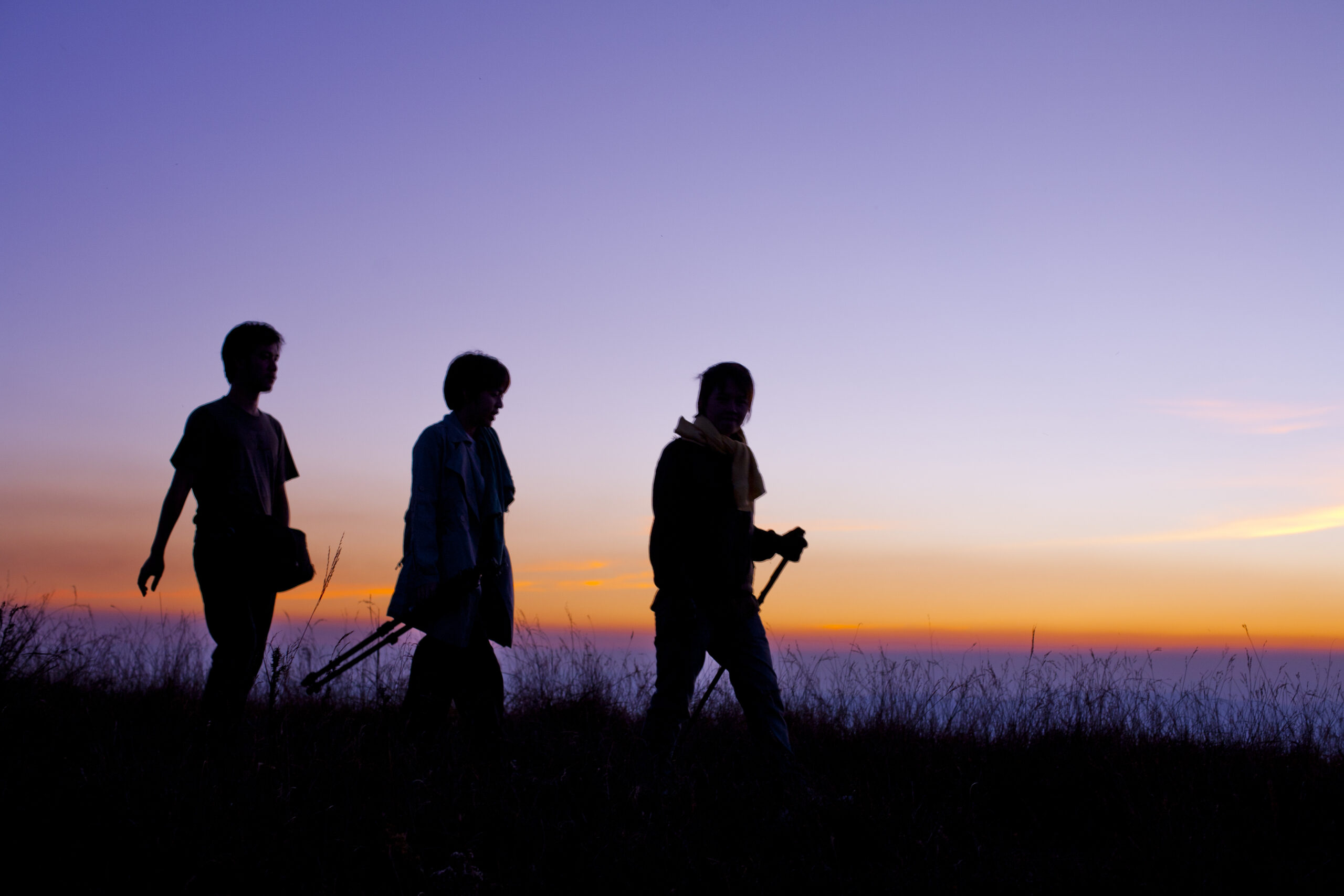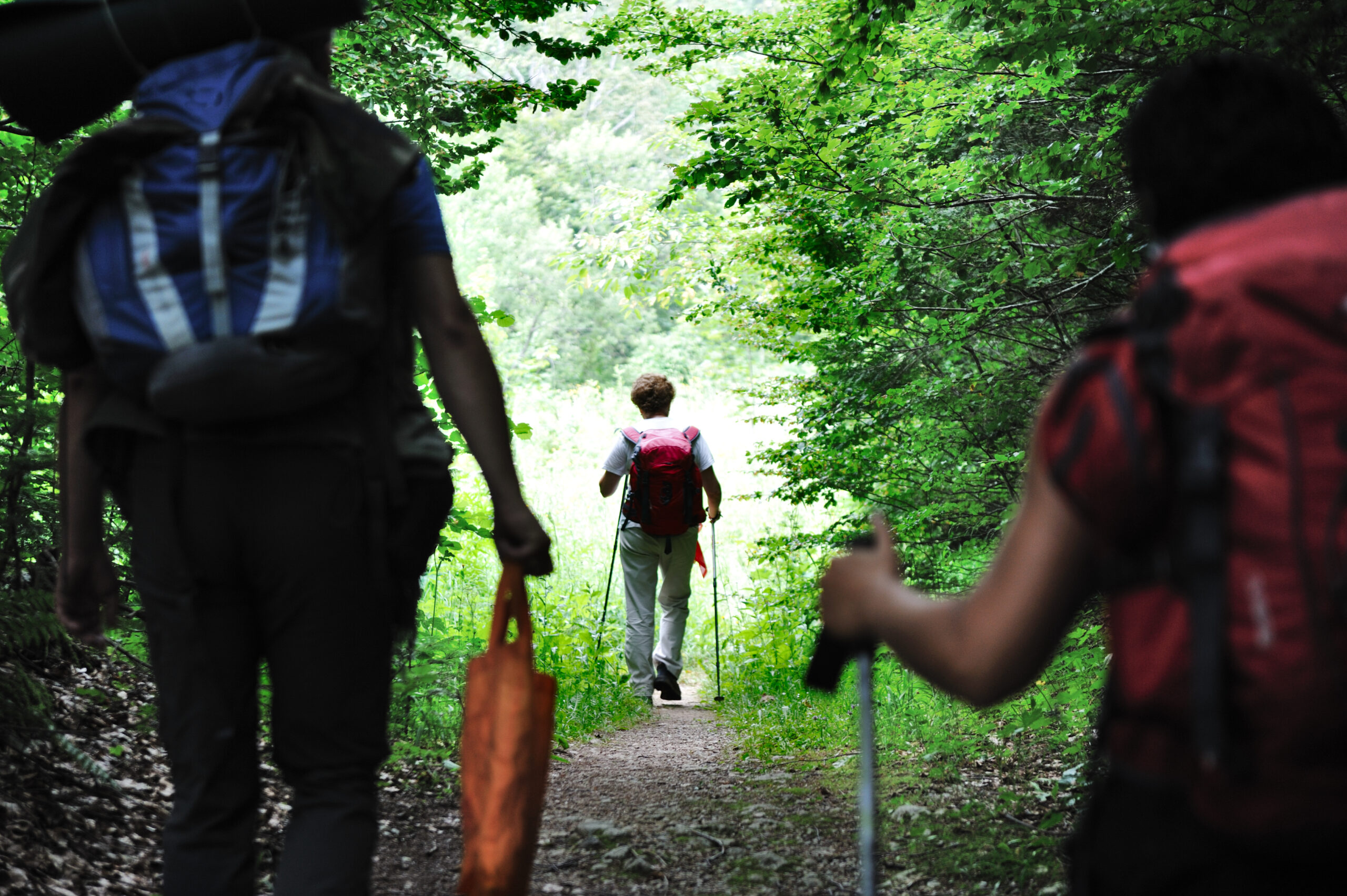Hiking is a popular outdoor activity that involves walking on natural trails, often in scenic and rugged terrain. It’s an excellent way to get exercise while enjoying the beauty of nature. In this guide, we will explore everything you need to know about hiking, including its health benefits, safety tips, mental wellness, first aid, and more. Let’s dive right into it!
Introduction to Hiking: What You Need to Know
Before embarking on your next hiking adventure, there are some essential things you should know. Firstly, make sure you have appropriate footwear with good grip and ankle support. Wear comfortable clothing that allows for movement and breathability. Bring plenty of water, snacks, and sun protection such as a hat or umbrella. Research the trail beforehand, check weather conditions, and let someone know where you’re going and when you plan to return.
Health Benefits of Hiking: Why It’s Good for Your Body and Mind
One of the primary benefits of hiking is its physical activity. Walking uphill can provide an intense cardiovascular workout, improving heart health and endurance. Additionally, carrying a backpack or weighted items can increase muscle strength and tone. Hiking also helps improve balance, coordination, and flexibility, reducing the risk of falls and injuries. Mentally, being surrounded by nature has been shown to reduce stress levels, boost mood, and enhance cognitive function.
Safety Tips While Hiking: Stay Safe on the Trail
While hiking can be exhilarating, it’s crucial to prioritize safety. Always stay on designated trails to avoid damage to flora and fauna. Be aware of wildlife and their habitats, and respect them from a distance. Carry a map and compass, and familiarize yourself with landmarks and directions. If you’re hiking alone, tell someone where you’re going and when you expect to return. Avoid hiking during bad weather or at night. And finally, always carry a first-aid kit and know how to use it.
First Aid while Hiking: How to Handle Emergencies
In case of emergency, having basic first-aid knowledge can save lives. Make sure to pack essentials like bandages, antiseptic wipes, pain relievers, and insect repellent. Learn how to recognize common injuries like sprains, strains, blisters, and cuts. Know what to do if someone experiences heat exhaustion, hypothermia, or dehydration. Finally, always call for help if necessary, either through a cell phone or signaling device.
Mental Wellness and Nature Therapy: The Power of Being in Nature
Nature therapy, also known as ecotherapy, is a growing field that explores the healing power of nature. Studies show that spending time in green spaces reduces symptoms of anxiety and depression, lowers blood pressure, and improves overall wellbeing. Hiking provides an opportunity to disconnect from technology and immerse oneself in nature, allowing for mindfulness and reflection. Take advantage of this chance to recharge and reset.

Takeaways from This Ultimate Guide to Hiking
In conclusion, hiking offers numerous physical and mental health benefits, but it’s essential to prioritize safety and preparedness. By following these guidelines, you can enjoy a safe and rewarding hiking experience. Remember to wear proper shoes and clothes, bring enough supplies, research the trail ahead of time, and stay alert for potential hazards. With these precautions in place, you can revel in the beauty of nature and all its wonder. Happy hiking!




